Of all the titles coming out later this year, The Outer Worlds has the highest potential to be the surprise hit for the Holidays. Obsidian recognizes this, and they’ve pulled everything together to try and recreate the magic that was Fallout New Vegas nearly 10 years ago. That is a lot to deal with in such a short order, but it’s something that the company has readily accepted and is preparing to face.
We were able to sit down and play The Outer Worlds for a special hands-on experience. What we took away from this is that the game is definitely fun and looks amazing, but the company might be trying too hard to make it the spiritual successor to one of their most popular titles. It plays a little too much like Fallout New Vegas, and while a lot of fans might be alright with this, it may alienate others who haven’t played it before. It’s also important to note that we were unable to leave the area or the planet, essentially removing the space exploration aspect from our experience.

Before we go into how the game plays we want to mention the presentation. Obsidian has done an amazing job with the the Unreal Engine 4. We should also mention that we played this on a PC with unspecified specs, but more than enough to run the game at a brisk pace. Thanks to this, we were easily sucked in. The Outer Worlds is definitely an immersive game, and the textures, graphics, and lighting go together perfectly to make this look absolutely stunning.

The game started out a bit further in the storyline with two companions, Parvati and Nyoka. The area, dubbed the Monarch Wildlands, was a cave-like terrain with a few towns nestled in the corners. The first one that stood out was called Fallbrook, while the others were hidden around the area.
The giant cavern was a bit overwhelming, but thanks to the map we were able to traverse around with little to no issue. It didn’t take us long to find some enemies, called Mantisaurs, which were giant insect-like creatures. Stealth is a true option for those who don’t want any confrontation, but we wanted to dive in headfirst when enemies showed up.
Because most enemies have stuff we want (and don’t need) on them, we activated the Tactical Time Dilation (TTD), aimed down our rifle and went to town on them. This special ability allows you to slow down time and aim directly at any vital spots so you can get some critical hits on them.
Now, we know what you’re thinking and yes, it is this game’s version of V.A.T.S, but unlike Fallout’s signature feature, this one has a timer. Once it runs out, it needs to cool down before you can use it again.

The weapons in the game are classified as Handgun, Sniper/Ranged, Heavy, and Melee. Handgun and the Ranged weapons will have more accuracy and are the more ideal weapons to use with the TTD while the Heavy weapons are more equipped for when they’re in your face.
Weapons can also be customized to use elemental damage. Melee weapons will do the most damage up close, but this will have varying effects depending on what the level difference between you and the enemy is.
Speaking of which, while we did have a level advantage on some enemies, it still required a lot of ammo to take them down. They were only a few levels below us, so it wasn’t terribly difficult to eliminate them. It also serves as a lesson for the full game, don’t engage an enemy that is a much higher level than you.
We also observed our companions fight alongside us, which can make or break a hardened battle in the long run. For me, while I sat back sniping enemies, both Parvati and Nyoka went in headfirst with rifles and took the brunt of their attacks. You can adjust their commands to change the way they fight, but we didn’t see any need as this style of run and gun worked out perfectly.
We took quite a beating during the fights, so it’s a good thing we had a nifty healing mechanic that gave us back some health. You can pick up better healing items throughout the game, but it’s always good to have an emergency ability such as this.
Combat is fun, intense, and keeps you busy in the open world. The weapons all handle well with little to no input lag. We could see that Obsidian put a lot of time and effort for this to work, and we’d imagine that there are plenty more weapons to look for throughout the game.
Inventory limitation is unfortunately a normal thing for most RPG’s and it’s back and in full force for The Outer Worlds. You can break down items, weapons, and other objects down for materials to use and sell, which will mitigate the issue, and thankfully it’s a very simple formula. You’ll just have to remember to pause the game, go into your inventory, look at everything inside, and utilize your micromanagement skills.

Obsidian are no strangers to the wonderful features of the Dialogue Box in an RPG. This is where the other major part of the game comes in, the non-combat part. Every character we spoke to had a unique voice over, including our companions.
If you’re like us, you want to have Speech as your highest skill, ensuring that you’ll be able to talk your way out of almost anything. Investing in this early on is almost always a must, and it’s more than evident here in The Outer Worlds.
Combat is fun, intense, and keeps you busy in the open world.
We spoke to a quest giver, Catherine Malin, who was mentioning that she will represents her “nugget of paradise.” The option to use some of our Charm came up in the dialogue box, which turned out to be a joke on that comment. Once selected, she quickly changed her tone and suddenly we were best friends.
This also applies to buying and selling goods, as you’ll be able to barter with a vendor to lower their prices. However, Dialogue doesn’t solve everything, as some NPC’s will not give you the option to persuade them in your favor. This also applies to anything that will inevitably lead to combat, which takes dialogue out of the equation.
Going into this we knew that morality would be a huge factor here, as Obsidian has stated that the story and the ending will be defined on how you handle certain situations. No major choices were given to us in our session, but every time we went into someone’s home to snoop around, the option to take their stuff was always there.
This is yet another feature that is taken from the Fallout series, and it carries over nicely. If you want to be a total jackass, then by all means, pillage all of the residents of their property. But if you’re going for a goody-two-shoes style then leave that crap alone.

Without a doubt the biggest and most important part of an open world RPG is how much content there is. As we stated earlier, we were contained within this area so only a handful of small side quests and one bigger quest was available to go through. Despite this, it was still a fairly big area, and the map, along with Fast Travel, became an invaluable asset for this part.
The quest we accepted was to remove an armed militia out of a factory, and kill the leader. There was also an option to try and spare them, but we were in the mood for more combat so our crew went straight there.
The story and the ending will be defined on how you handle certain situations.
When we arrived, the factory was surrounded by enemies who were not yet violent towards us. We quickly changed that when we stepped through the gate, sending them into an angry frenzy. What followed was a long drawn out battle in which we won, barely. However, when we tried to enter the building, it stated that we needed a key card.
We looted every single body in the vicinity, but no key card came up. This was a classical case of quest markers not guaranteeing progression, as you will sometimes need a quest item to further the plot. Eventually, we gave up and wandered towards another area. We did discover an area outside Monarch, where the air was filled with pollen and some type of fungus. It was awesome to see a different setting, but other than some more baddies to shoot it was fairly barren.
As we mentioned in the beginning, The Outer Worlds feels a lot like New Vegas, and to the developer’s credit that is what they were going for here. However, one of the biggest features that players loved about New Vegas, and Fallout in general, was that the world was massive and it constantly dared the player to come and explore it.
The more we played through the Monarch Wildlands, the more we began to wonder what the other landscapes and planets were like. Our biggest concern wasn’t what was in front of us, it’s what we didn’t see. Despite this, The Outer Worlds is a fun game to play, and we mean that in the most sincerest way. Obsidian has done a tremendous job utilizing everything at their disposal, and while not all of the mechanics are considered original, it’s still a unique take on the sandbox genre.
We’re not sure if it will blow the minds of the gaming community, but it will definitely please any open world RPG fan. If you absolutely love Obsidian and their IP’s, then chances are you’ll be all over this on day one. The developers at Obsidian are geniuses when it comes to creating worlds and universes, so hopefully our doubts will be laid to rest when we get our hands on the final product.
The Outer Worlds launches on October 25 for the PlayStation 4, Xbox One, and PC through the Epic Game Store and the Microsoft Store. The Nintendo Switch version will be released at a later date.




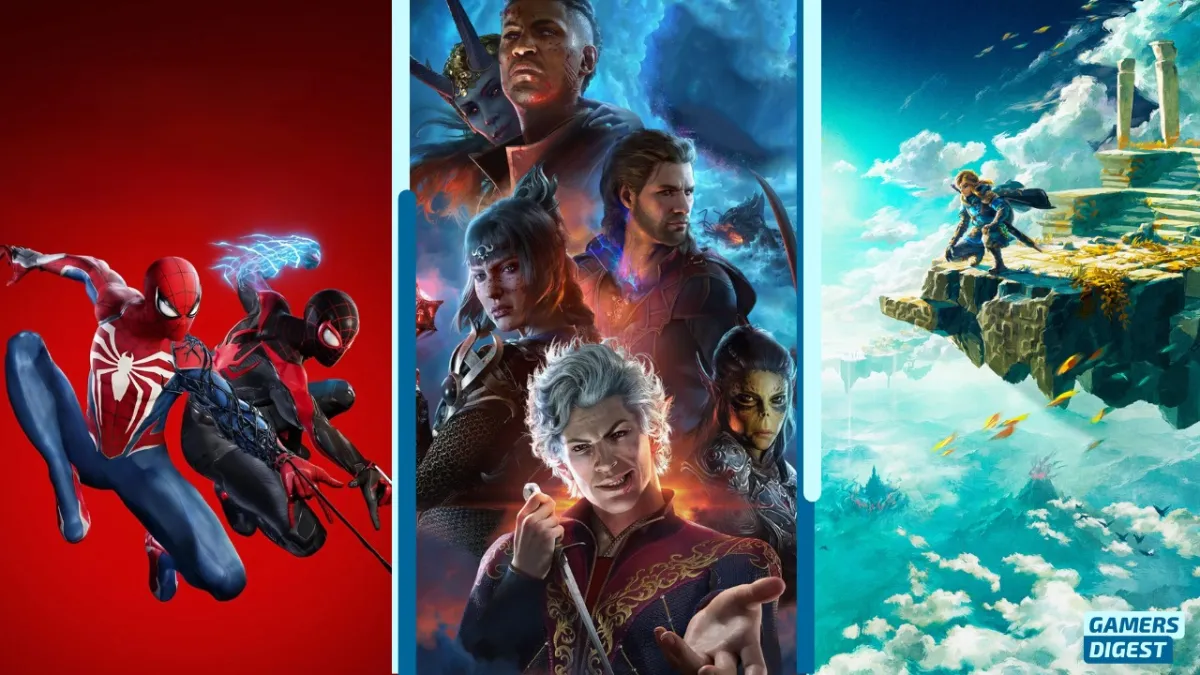
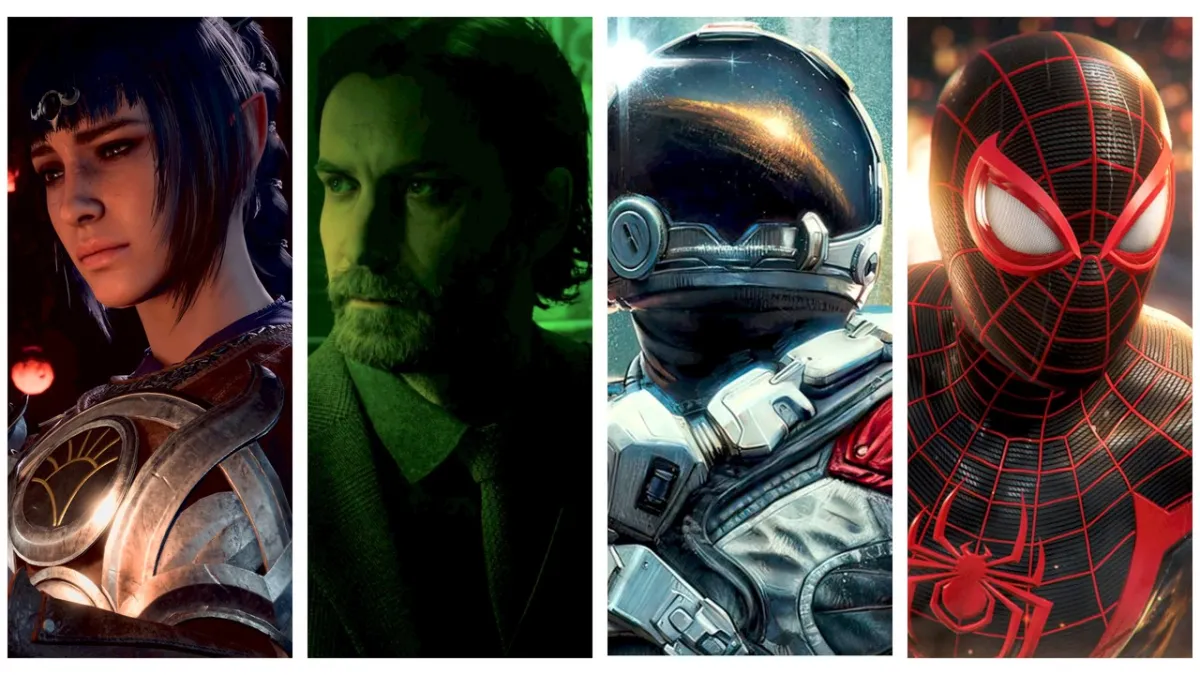
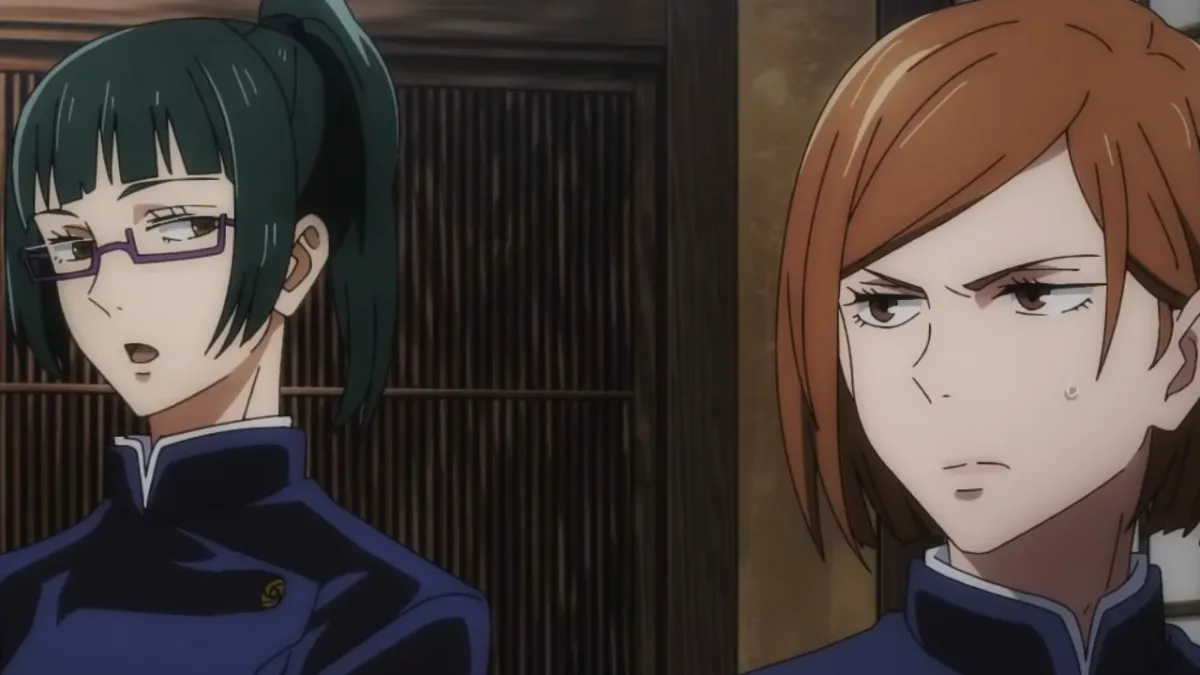
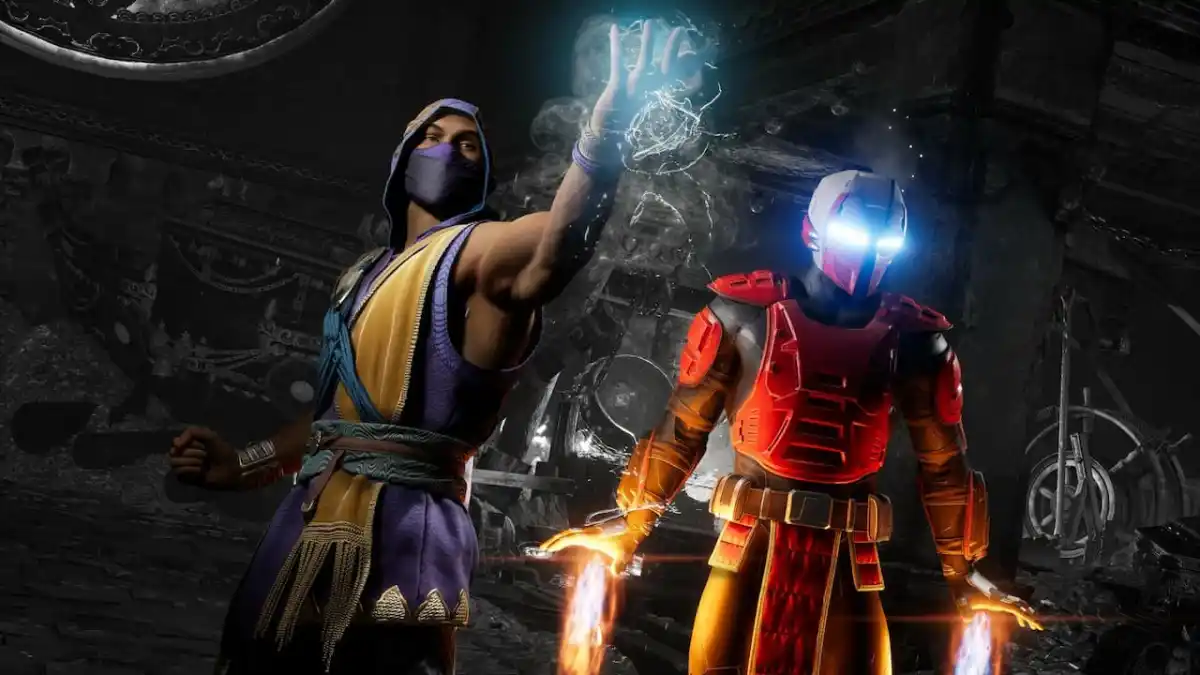
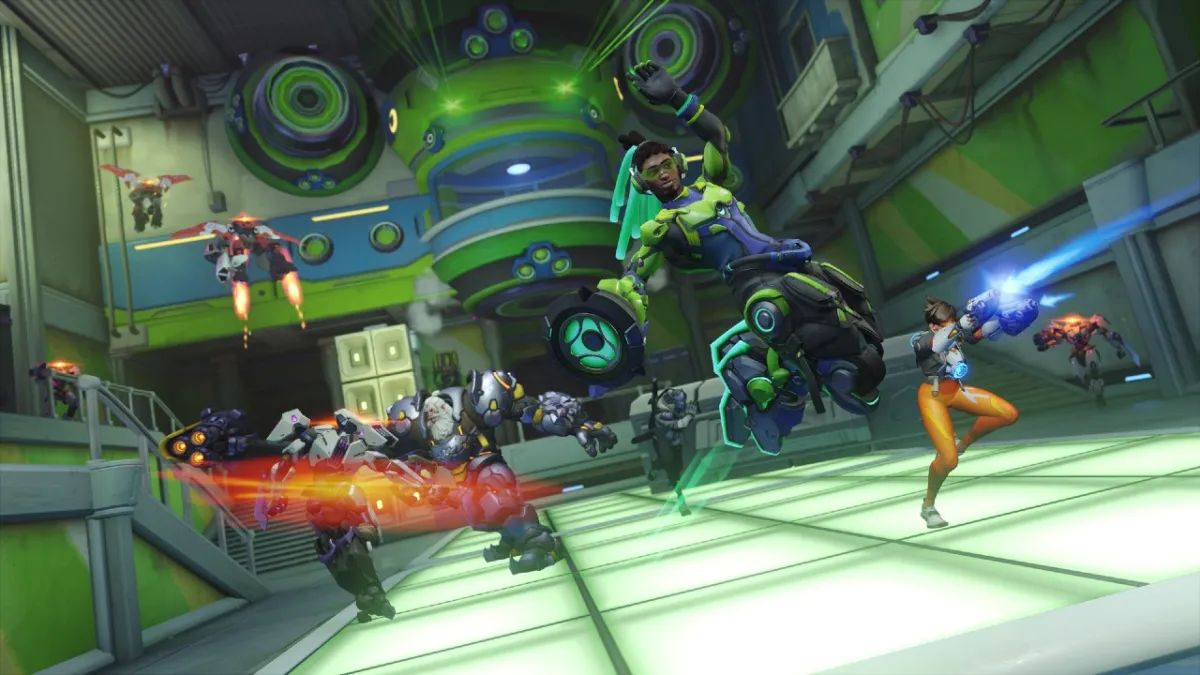


Published: Aug 2, 2019 07:59 am